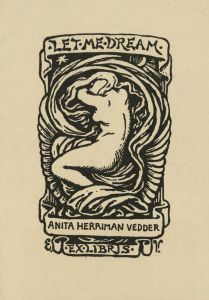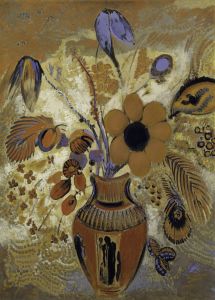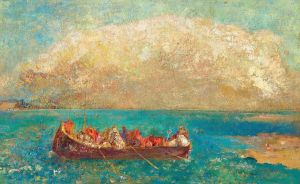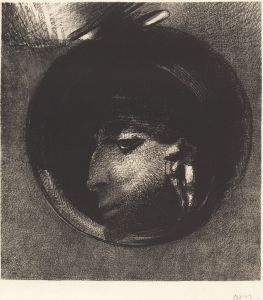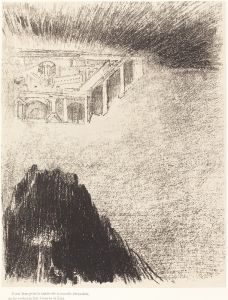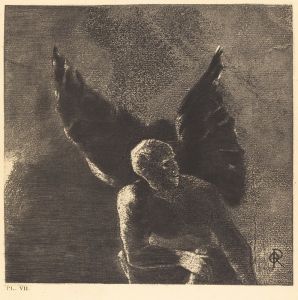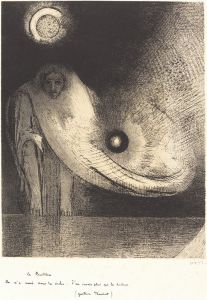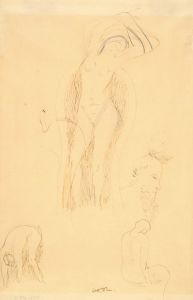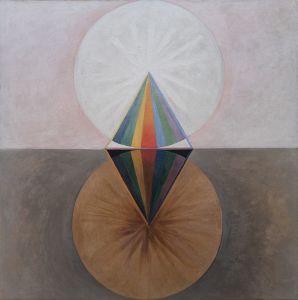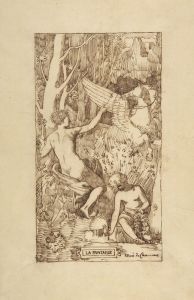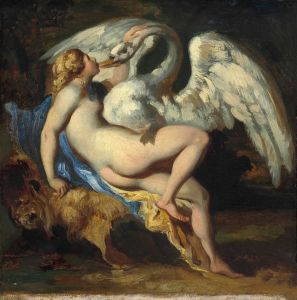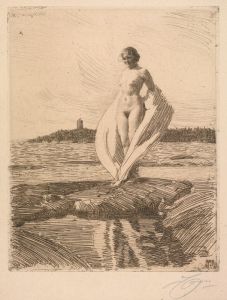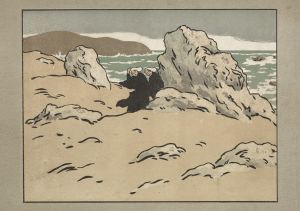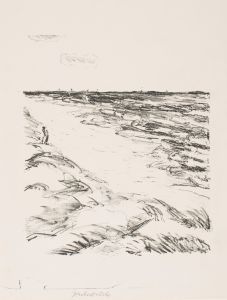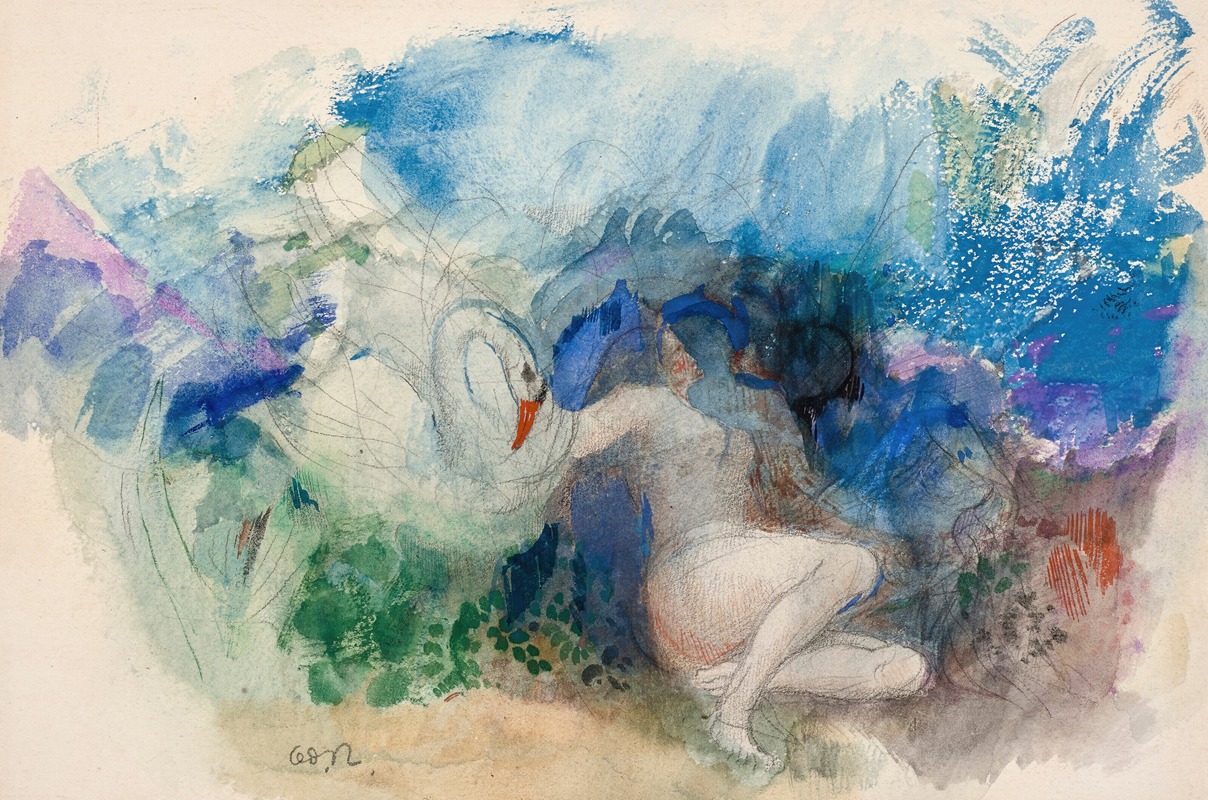
Léda et le cygne
A hand-painted replica of Odilon Redon’s masterpiece Léda et le cygne, meticulously crafted by professional artists to capture the true essence of the original. Each piece is created with museum-quality canvas and rare mineral pigments, carefully painted by experienced artists with delicate brushstrokes and rich, layered colors to perfectly recreate the texture of the original artwork. Unlike machine-printed reproductions, this hand-painted version brings the painting to life, infused with the artist’s emotions and skill in every stroke. Whether for personal collection or home decoration, it instantly elevates the artistic atmosphere of any space.
Odilon Redon was a French symbolist painter, printmaker, draughtsman, and pastellist, born on April 20, 1840, in Bordeaux, France. He is best known for his dreamlike and often fantastical works that explore themes of imagination, spirituality, and the subconscious. One of his notable works is "Léda et le cygne" (Leda and the Swan), which draws inspiration from the mythological story of Leda, a figure from Greek mythology.
The myth of Leda and the Swan tells the story of Leda, the queen of Sparta, who was seduced by Zeus, the king of the gods, in the guise of a swan. This myth has been a popular subject in art and literature for centuries, inspiring numerous artists and writers. Redon's interpretation of the myth is characteristic of his symbolist style, which often blends reality with dreamlike elements to evoke emotional and psychological responses.
Redon's "Léda et le cygne" is a pastel drawing, a medium he frequently used to achieve vibrant colors and soft textures. The use of pastel allowed Redon to create ethereal and atmospheric effects, which are evident in this work. The composition typically features Leda in a serene and contemplative pose, with the swan, representing Zeus, depicted in a graceful and fluid form. The interaction between Leda and the swan is portrayed with a sense of intimacy and mystery, capturing the essence of the myth while also inviting viewers to explore their interpretations.
Redon's approach to the subject matter is less about depicting a literal scene from the myth and more about conveying the emotional and symbolic resonance of the story. His work often emphasizes mood and atmosphere over narrative clarity, encouraging viewers to engage with the artwork on a more intuitive level. This aligns with the broader goals of the Symbolist movement, which sought to express the ineffable and explore the realms of dreams and the imagination.
Throughout his career, Redon was influenced by a variety of sources, including literature, music, and philosophy. He was particularly drawn to the works of Edgar Allan Poe and Charles Baudelaire, whose writings often explore themes of the macabre and the fantastical. These influences are reflected in Redon's art, which frequently incorporates elements of mystery and otherworldliness.
"Léda et le cygne" exemplifies Redon's ability to merge mythological themes with his unique artistic vision. The work is a testament to his skill in using color and form to evoke emotion and provoke thought. While specific details about the creation and exhibition history of this particular piece may not be extensively documented, it remains an important part of Redon's oeuvre and contributes to his reputation as a master of Symbolist art.
Redon's legacy continues to be celebrated for its innovative approach to art and its ability to transcend the boundaries of reality and imagination. His works, including "Léda et le cygne," invite viewers to explore the depths of their own subconscious and to find meaning in the interplay between the seen and the unseen.





